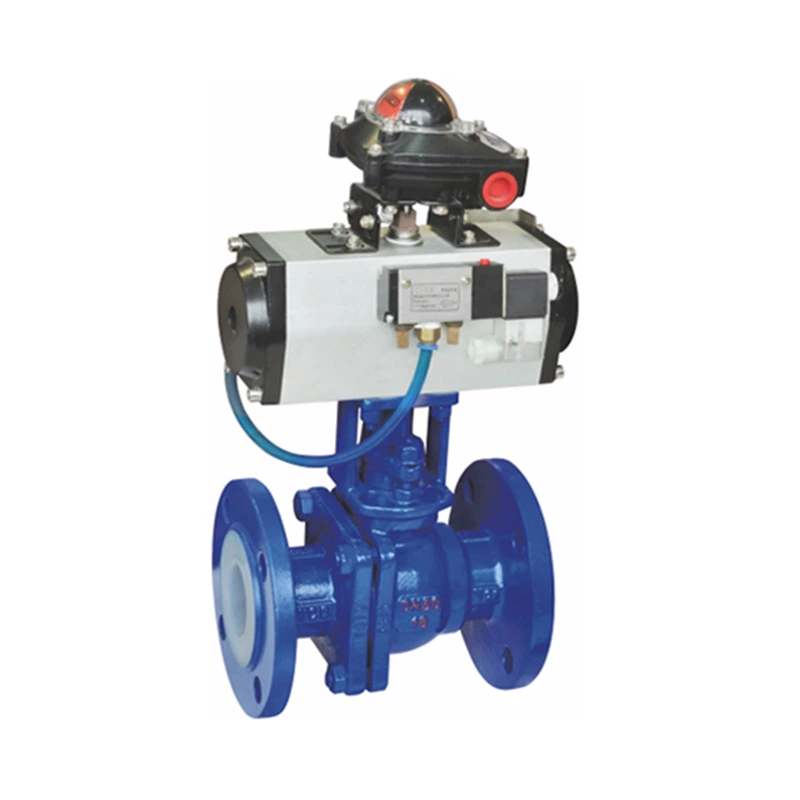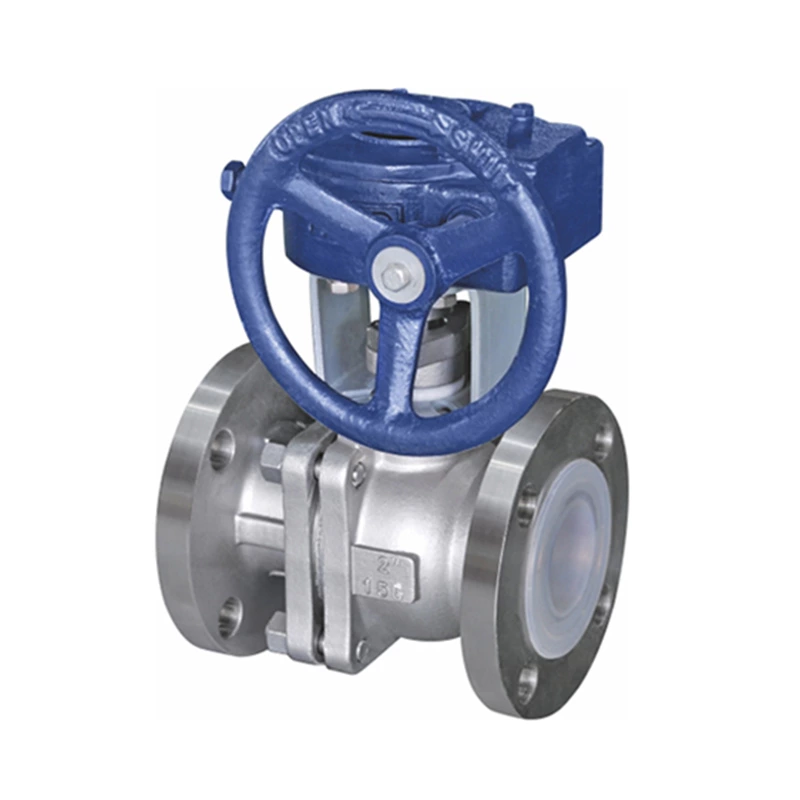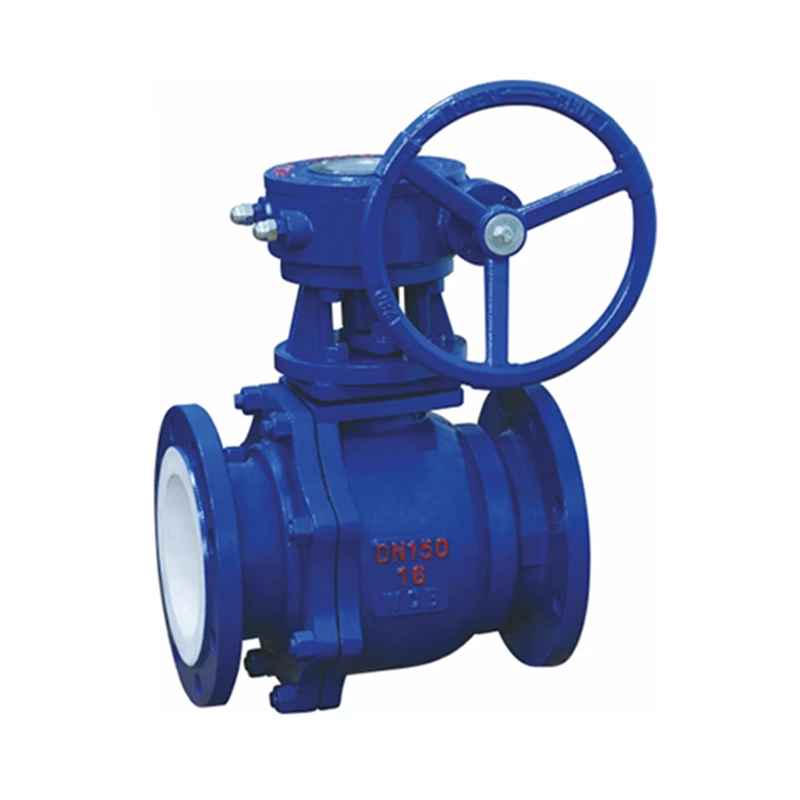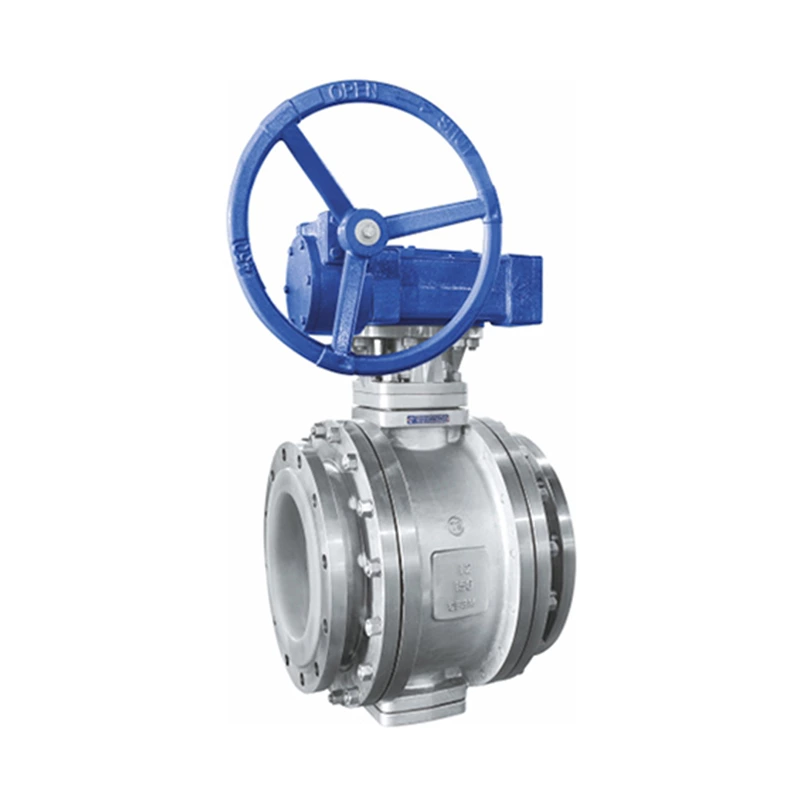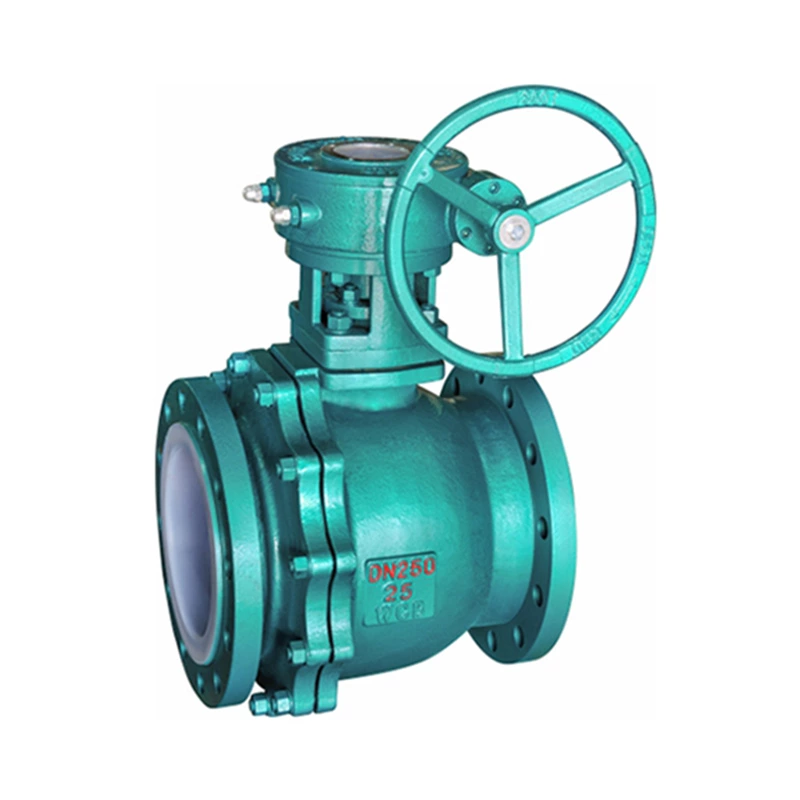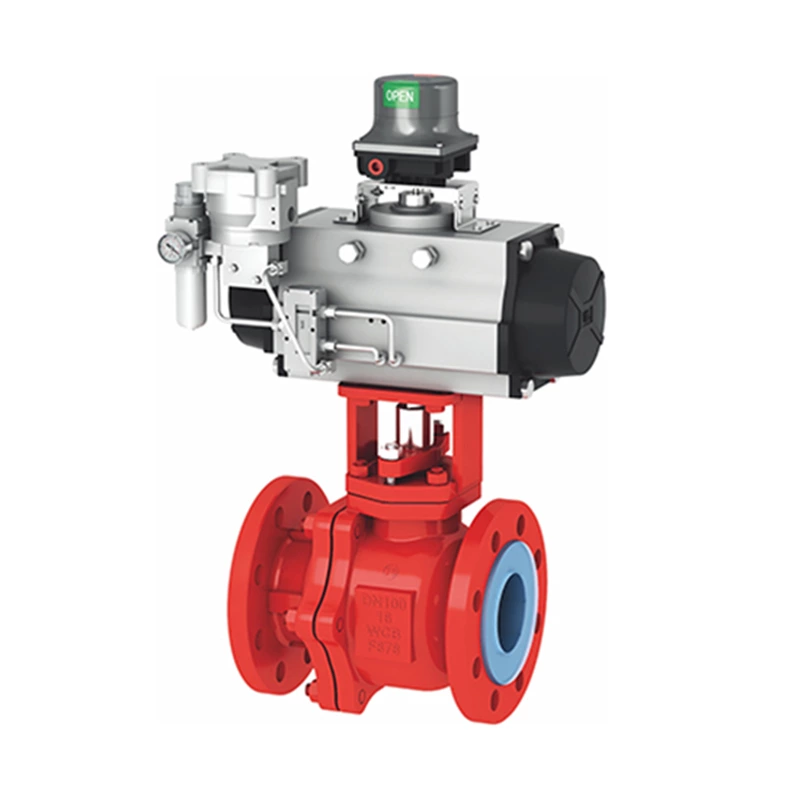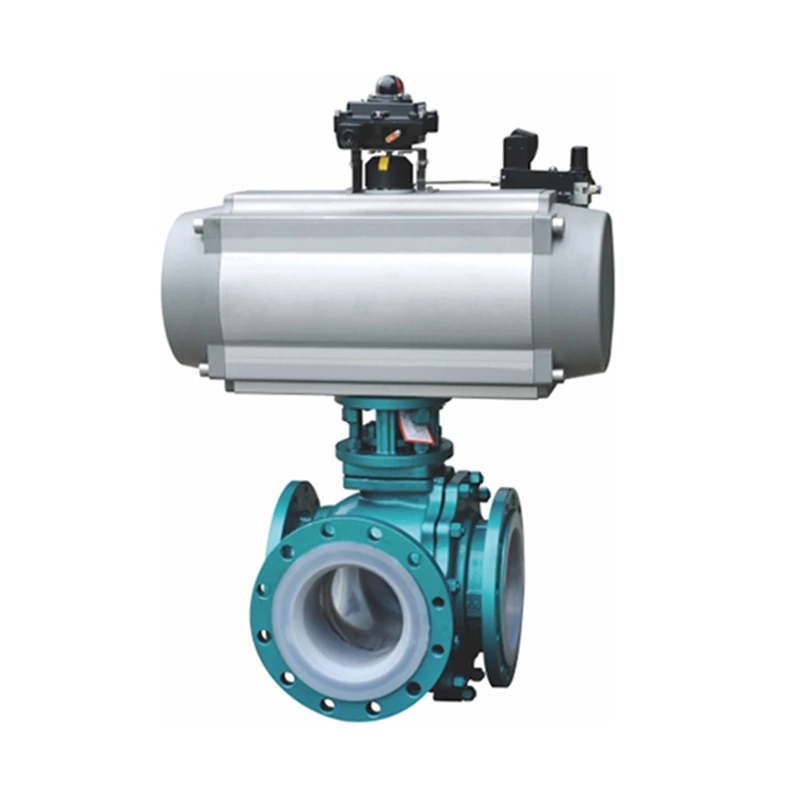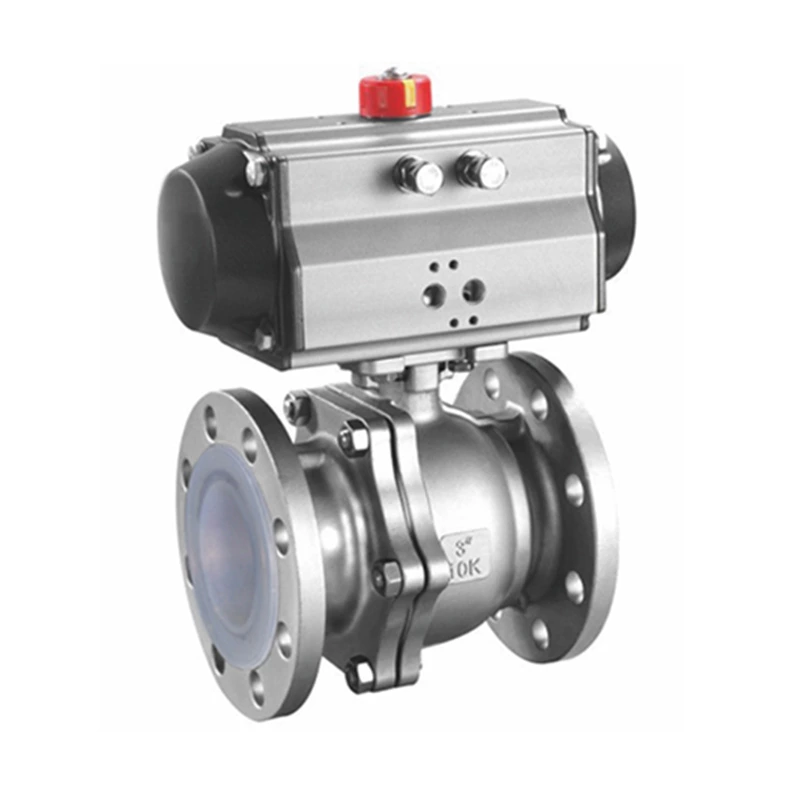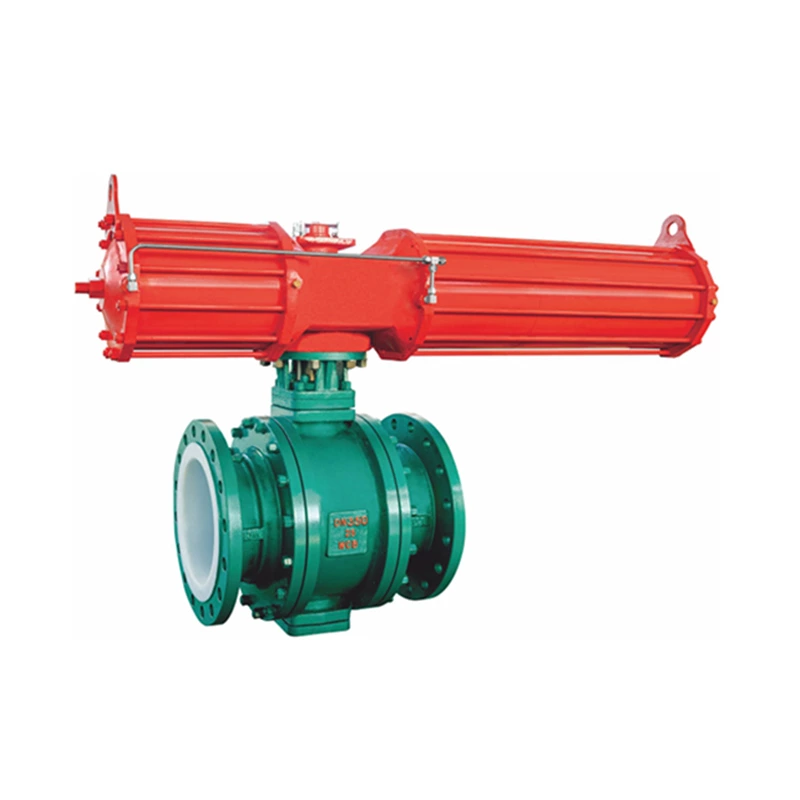Principles To Be Followed In Selecting Petroleum Valves And Chemical Valves
Faced with numerous Lined Valve classifications and complex working conditions, to select the most suitable valve products for pipeline system installation, first of all, we should understand the characteristics of the valve; secondly, we should master the steps and basis for selecting valves; and thirdly, we should follow the principles of selecting valves for the petroleum industry and the chemical industry.
Principles for selecting petroleum valves and chemical valves: straight-through valves with small fluid resistance are usually selected as valves for shutoff and opening media; plug valves and ball valves are more suitable for reversing and diversion; valves that are easy to adjust the flow are used to control the flow; valves with wiping effects along the sliding of the closing parts along the sealing surface are most suitable for media with suspended particles.
1. Valves for shutoff and opening media
The straight-through valves with small fluid resistance are usually selected as valves for shutoff and opening media. Downward closing valves (stop valves, plunger valves) are less selected because of their tortuous flow paths and higher flow resistance than other valves. In situations where higher flow resistance is allowed, closed valves can be selected.
2. Valves for reversing and diverting
Depending on the needs of reversing and diverting, this valve can have three or more channels. Plug valves and ball valves are more suitable for this purpose. Therefore, most valves used for reversing and diverting are selected from the plug valve and ball valve. However, in some cases, other types of valves can also be used for reversing and diverting as long as two or more valves are properly connected to each other.
3. Valves for flow control
Valves that are easy to adjust the flow are usually selected for flow control. Downward closing valves (such as stop valves) are suitable for this purpose because the size of its valve seat is proportional to the stroke of the closing part. Rotary valves (plug valves, butterfly valves, ball valves) and flexible valve body valves (clamp valves, diaphragm valves) can also be used for throttling control, but usually only within a limited range of valve diameters. The gate valve uses a disc-shaped gate to make a transverse movement on the circular valve seat. It can only better control the flow when it is close to the closed position, so it is usually not used for flow control.
4. Valves for media with suspended particles
When the medium contains suspended particles, it is most suitable to use a valve whose closing part slides along the sealing surface with a wiping effect. If the closing part moves back and forth vertically to the valve seat, it may clamp particles. Therefore, this type of valve is only suitable for basically clean media unless the sealing surface material allows particles to be embedded. Ball valves, plug valves, and butterfly valves all have a wiping effect on the sealing surface during the opening and closing process, so they are suitable for use in media with suspended particles.
At present, whether in the petroleum, chemical industry, or in the pipeline system of other industries, valve applications, operating frequencies, and services are ever-changing. To control or eliminate even the slightest leakage, the most important and critical equipment is still the valve. The ultimate control of the pipeline is the valve, and the service and reliable performance of the valve in various industries are unique.
